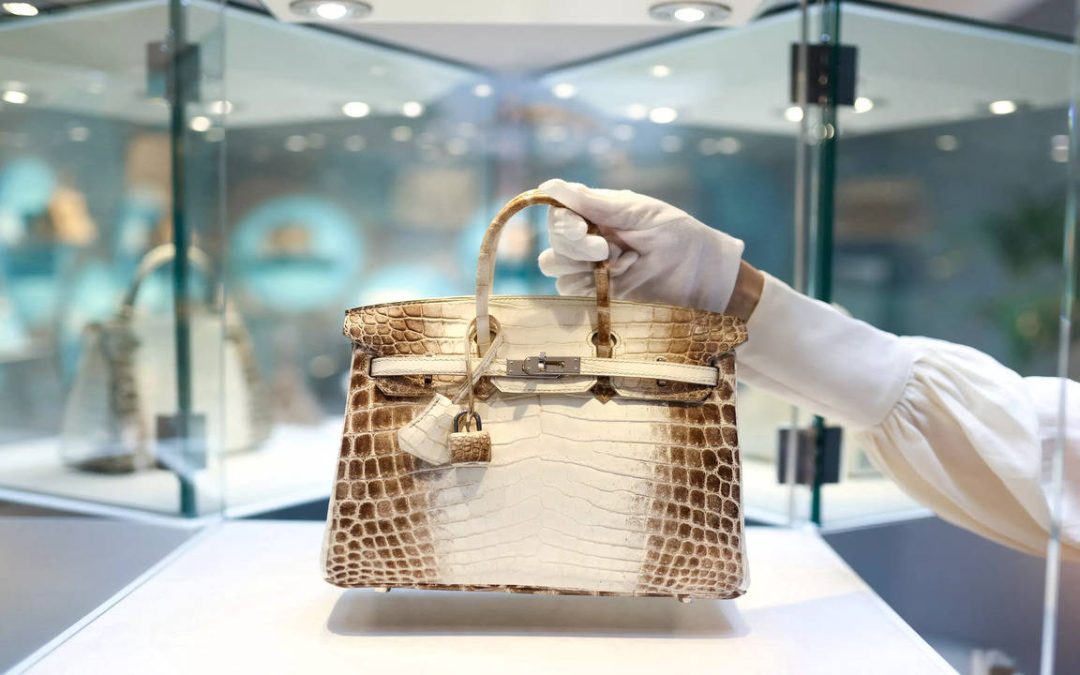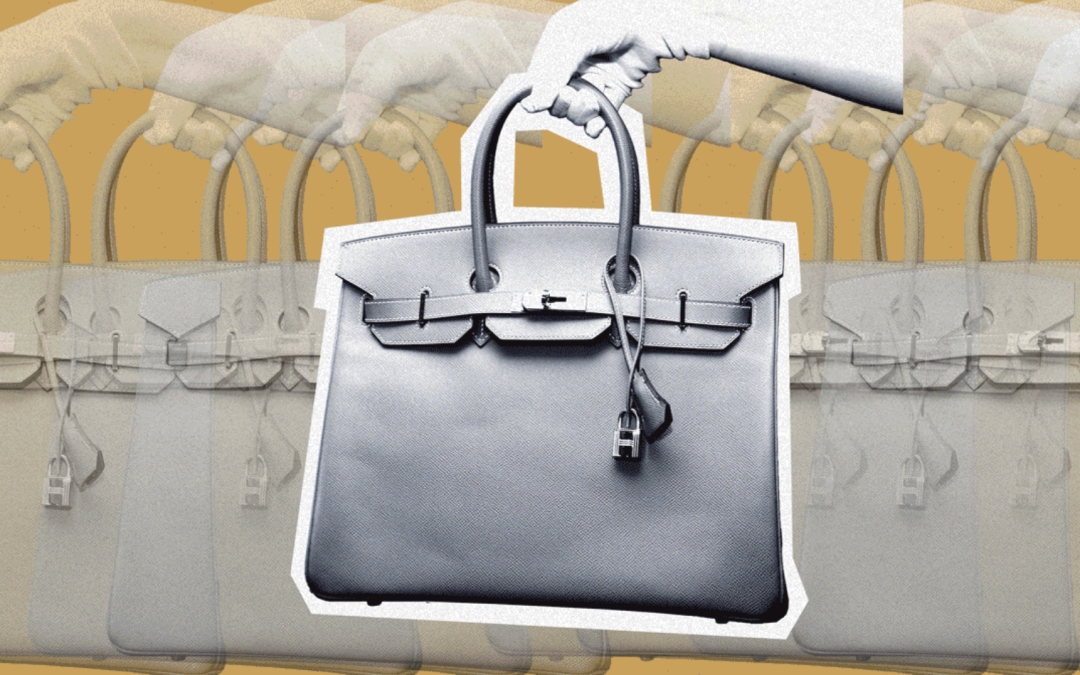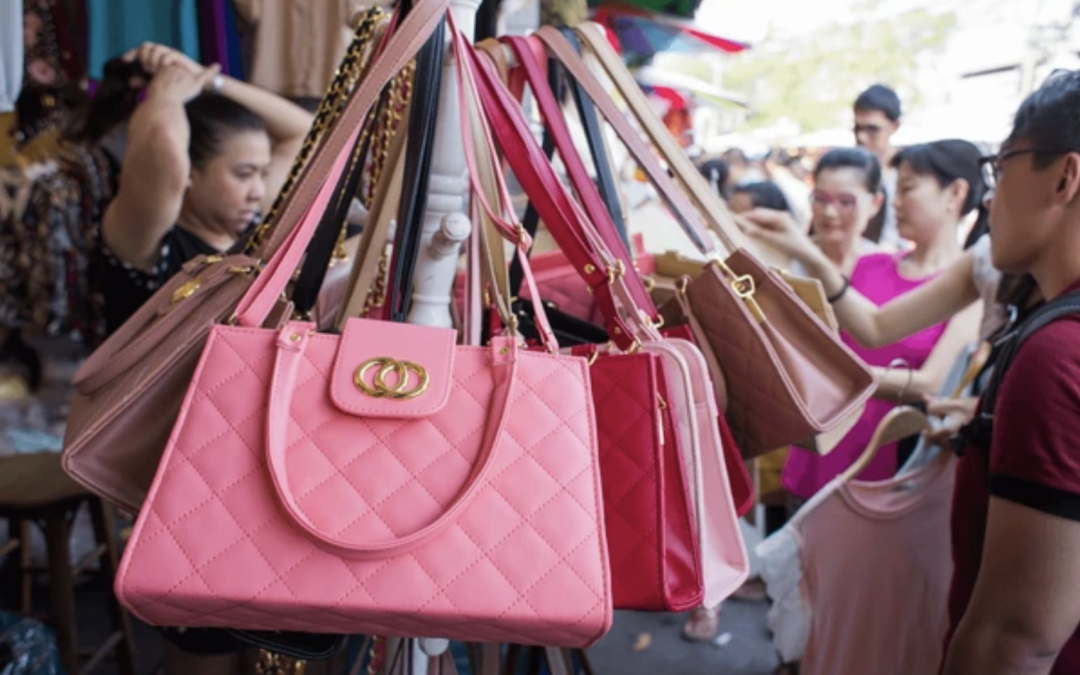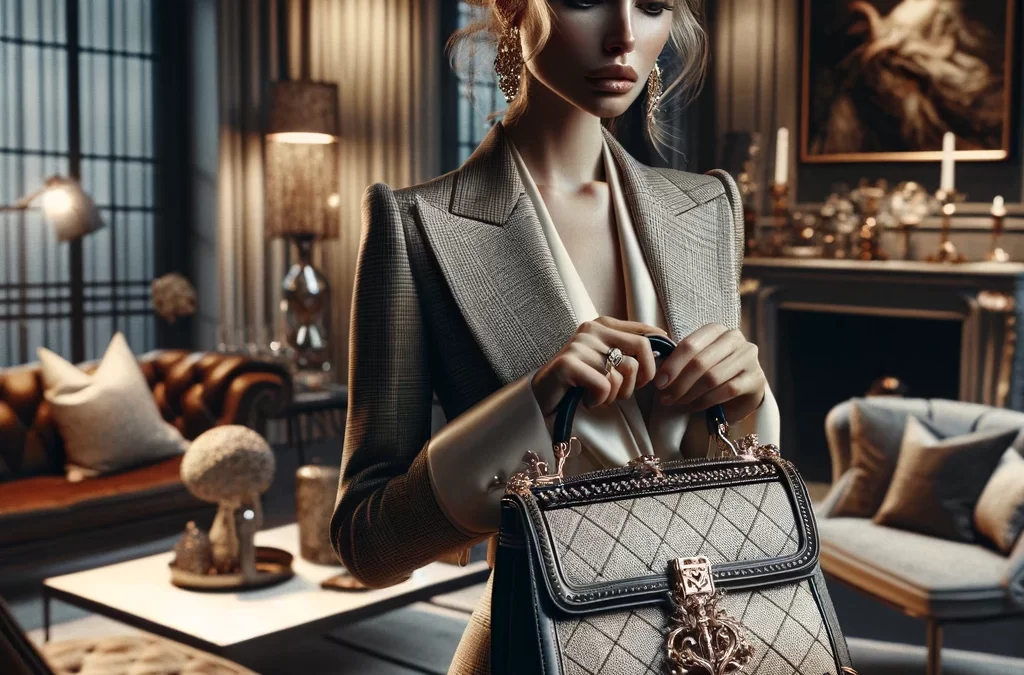
The Real Real Store Sold Me a $3,600 Fake: A Luxury Lover’s Nightmare

Style Companion
The Real Real Store Sold Me a $3,600 Fake: A Luxury Lover’s Nightmare
by Thea Elle | Jan. 7, 2025 | Fake Industry
Luxury resale platforms like THE REALREAL have redefined how we buy and sell designer goods. By promising authenticated, pre-loved items, these platforms offer a chance to own iconic pieces from brands like CHANEL, GUCCI, and HERMÈS without breaking the bank—or so we thought.
Imagine the shock of discovering that a $3,600 handbag purchased from a trusted luxury resale platform was a counterfeit. For one buyer, this nightmare became a reality, shaking their faith in a market that hinges on authenticity.
This story isn’t just about a single mishap; it highlights systemic issues in the resale industry, from flawed authentication processes to the challenges of distinguishing high-quality fakes from genuine products. As luxury counterfeiting becomes increasingly sophisticated, how can consumers protect themselves in a world where authenticity is often taken for granted?

The $3,600 Counterfeit: What Went Wrong?
The buyer believed they had purchased an authentic SAINT LAURENT handbag, trusting the platform’s reputation for rigorous authentication. However, upon closer inspection, certain details raised suspicions. The stitching appeared inconsistent, the logo alignment seemed slightly off, and the material didn’t quite match the quality expected from a genuine SAINT LAURENT piece. While these subtle discrepancies might go unnoticed by the average shopper, they were glaring red flags to a seasoned luxury collector.
Despite THE REALREAL’s assurance of thorough authentication, the counterfeit handbag managed to pass their checks and land in the hands of an unsuspecting buyer. This incident casts doubt on the platform’s claims of employing expert authenticators. It raises serious questions about their training, qualifications, and whether the sheer volume of items processed compromises the accuracy of their verification process.
The aftermath was both frustrating and disheartening. After weeks of back-and-forth communication with customer service, the buyer eventually received a refund. However, the emotional toll of the experience lingered. The realization that even a trusted platform could fail to uphold its promises shattered the buyer’s confidence, leaving them wary of the resale luxury market altogether.
Why Counterfeit Luxury is Harder to Spot Than Ever
The Ripple Effect of Counterfeits on the Luxury Market
The rise of high-quality counterfeits doesn’t just impact individual buyers—it also undermines the entire luxury industry. Brands like LOUIS VUITTON and PRADA invest heavily in maintaining their reputation for exclusivity and craftsmanship, yet the proliferation of fake goods dilutes their perceived value. For consumers, the increasing difficulty of distinguishing between authentic and counterfeit items creates skepticism, even toward legitimate products. This erosion of trust affects not only resale platforms but also the primary market, forcing the luxury industry to constantly adapt and innovate to stay ahead of counterfeiters.

A side-by-side comparison of an authentic luxury handbag and a counterfeit version.
Protecting Yourself in the Resale Market
To avoid falling victim to counterfeits, consumers should approach resale platforms with caution. Research the platform’s reputation by reading reviews and checking for reports of counterfeit sales. Familiarize yourself with the hallmarks of authenticity for brands like LOUIS VUITTON and BOTTEGA VENETA, paying close attention to stitching, materials, and logos. When in doubt, seek a second opinion from third-party authentication services for added peace of mind before making a significant investment.
Lessons from a Costly Mistake
The Importance of Vigilance
The experience of buying a $3,600 counterfeit from a trusted platform like THE REALREAL serves as a cautionary tale. In a market flooded with fakes, consumers must remain vigilant, even when dealing with reputable names.
The Future of Resale Luxury
For the resale industry to thrive, platforms must prioritize transparency and invest in more robust authentication processes. As buyers, we have a role to play, too—demanding better practices and staying informed to ensure our hard-earned money goes toward genuine luxury, not deception.















